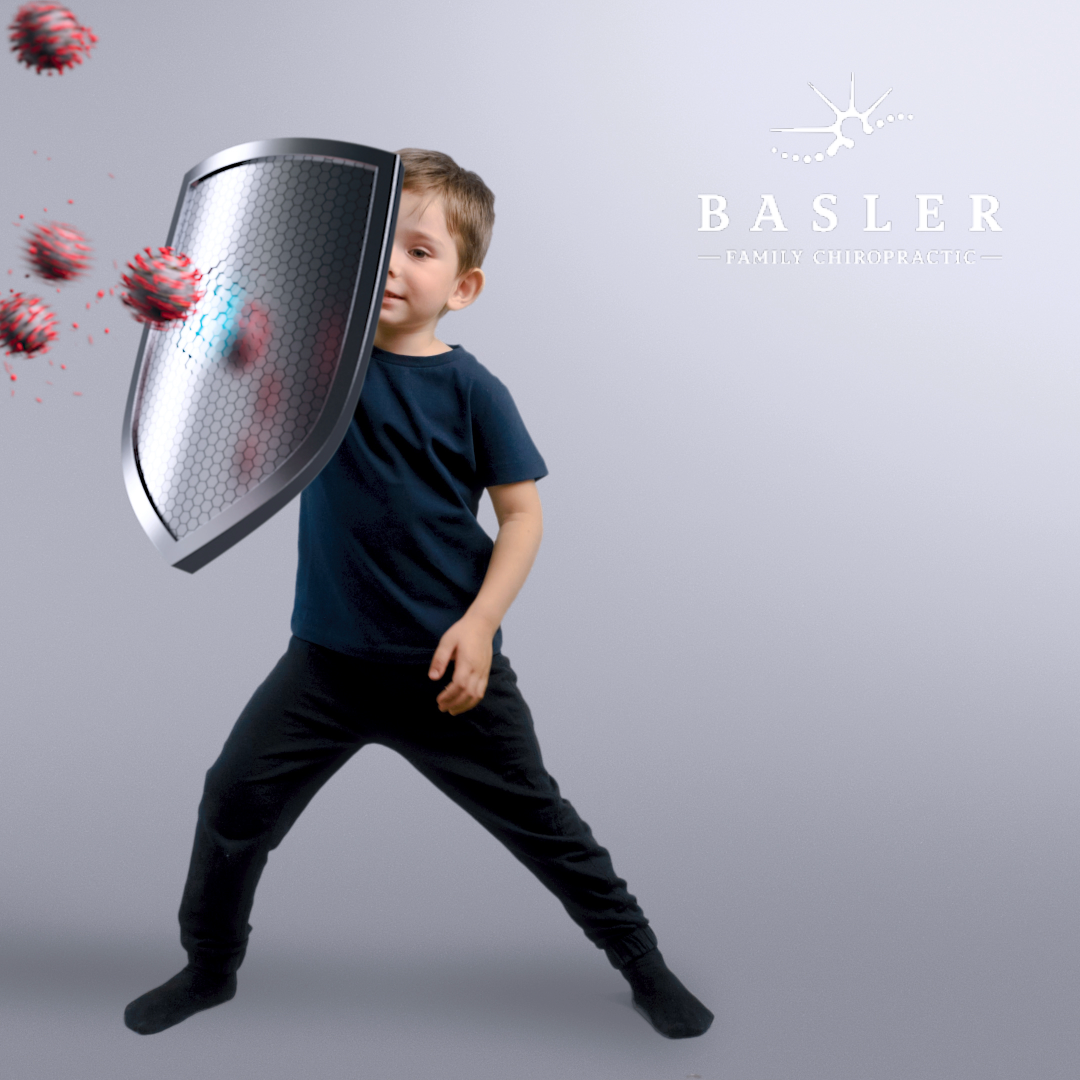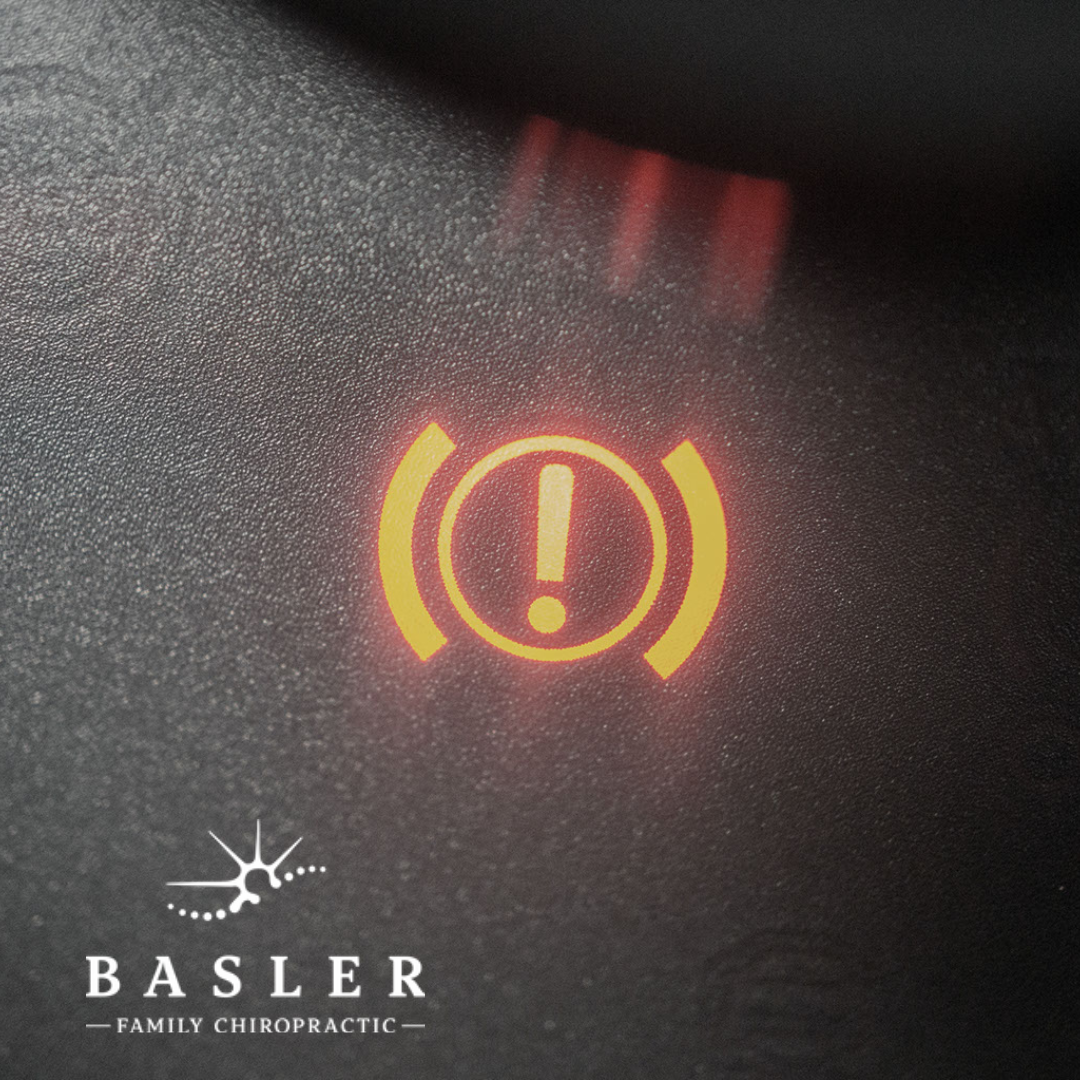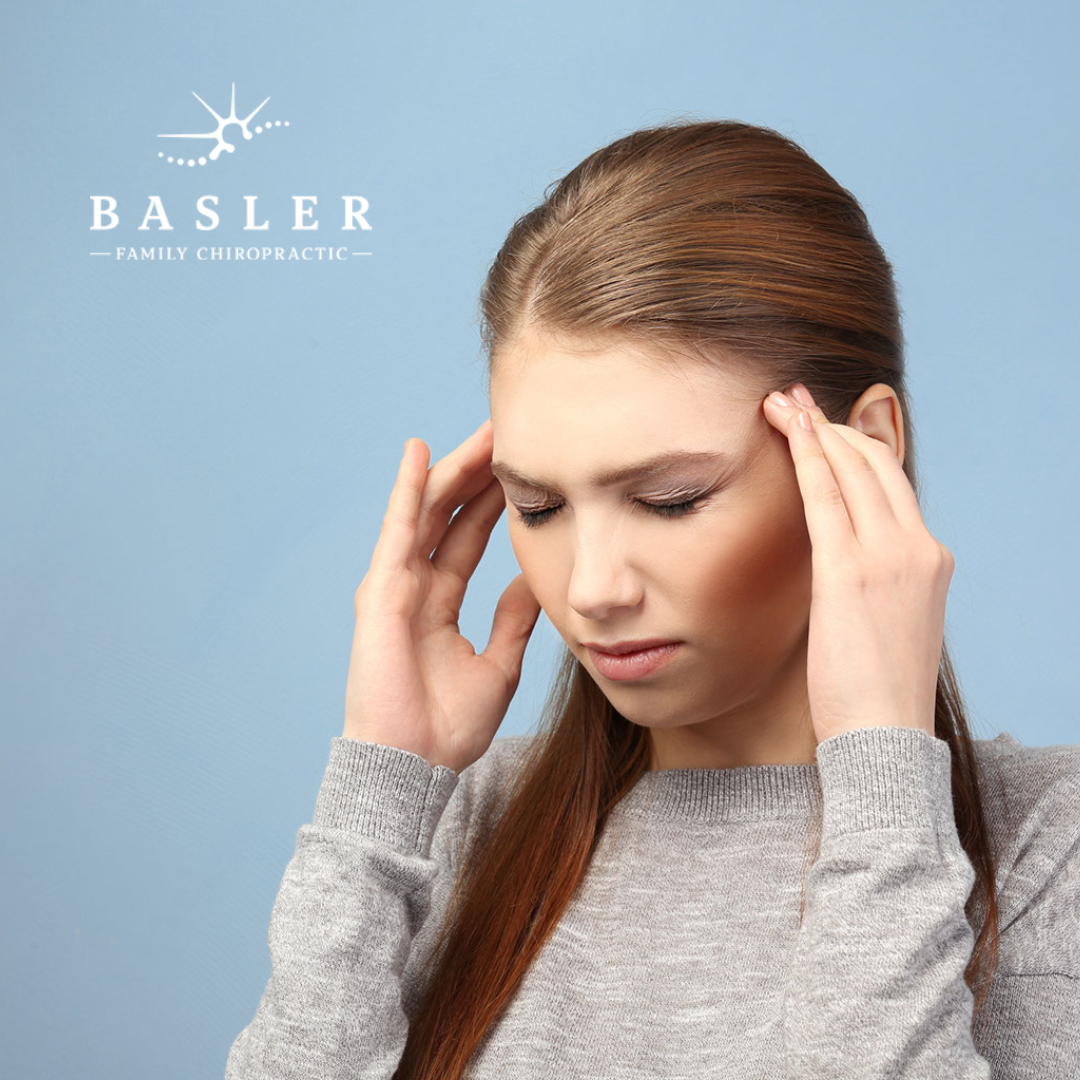
“Sleep is like the golden chain that binds our health and body together.”
I cannot be alone when I say sleep is crucial for daily function. It improves our strength, mental clarity, mood, energy, memory, and immunity. One cannot simply live without it. Unfortunately, lack of sleep has been normalized and we have been conditioned to “deal” with it. According to the American Sleep Association, 50-70 million people in the nation undergo some variation of a sleep disorder. Chronic sleep deprivation and those sleepless nights accumulate negative effects that build on top of each other over time. Lack of sleep long-term can lead to depression, anxiety, heart issues, and high blood pressure.
How can chiropractic help? By improving the nerve system function through chiropractic adjustments, that in turn causes our muscles to relax and settle down which would otherwise cause restlessness since your body does not get a chance to calm down when those muscles are hyper-activated. By letting our bodies relax, it utilizes its energy more efficiently so the body has a better chance to decompress at the end of the day. Chiropractic adjustments also contribute to increased blood supply which allows oxygen to be thoroughly transferred throughout the body to muscles and organs which then increases their function and productivity while not wasting unnecessary energy.
The sleep-wake cycle is controlled by a circadian rhythm and that is controlled by the nerve system. By having subluxations (misalignments) in the spine, it disturbs this rhythm and can negatively alter the sleep cycle. A study published by the Journal of Manipulative and Physiological Therapeutics discovered patients under chiropractic care saw improvement in the length and quality of their sleep. Furthermore, in the Journal of Sleep Medicine and Disorders, a study was published resulting in significantly improved sleeping patterns with chronic pain patients.
Not sleeping is NOT normal! Bring harmony back into your life with restful sleeps. Get checked and give your body the best chance at functioning properly!










